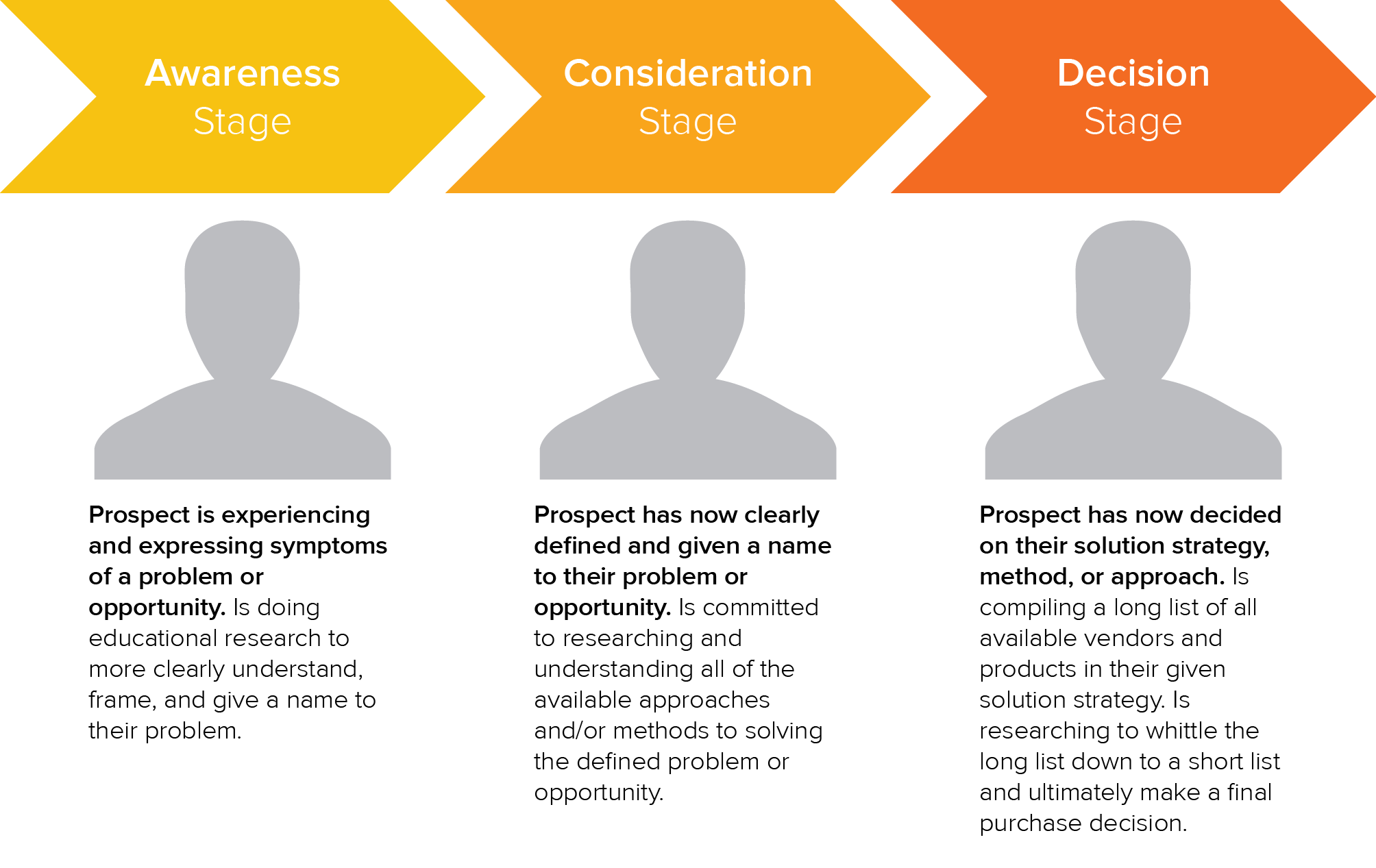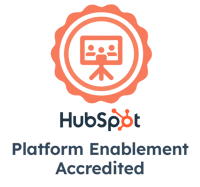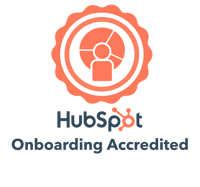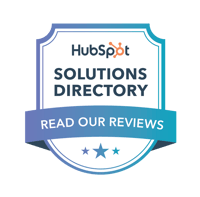Your website should be your best salesperson.
No, that doesn't mean your website is replacing the valuable work your sales team does - but it means that your site is powerful enough to convert leads into customers.
One of the best ways to do that is by ensuring your site is addressing and overcoming common sales objections. How do you do that? Follow these steps.
1. Develop Strong Personas
Before you can address sales objections on your site, you need to know who your customers are. The best way to do this is through developing strong buyer personas.
Buyer personas are fictional, generalized representations of your ideal customers. They have a name, an age, a job, family, hobbies, values and fears. They are fleshed-out and feel like real people. From there you can determine:
- What messages will resonate with them the most
- What channels to use to reach them
- How to convert them from a prospect into a sale
The strongest buyer personas are based on market research as well as on insights you gather from your actual customer base. Start with 3-5 personas, and the following information:
- Persona’s name, gender and age
- Job title and industry
- Salary and household income
- Location (urban? suburban? rural?)
- Education
- Family
- Values
- Challenges they face
- How they use technology
→Read Now: What is a Buyer Persona? (And How Do I Make One?)
2. Map Your Personas' Buyer's Journeys
Once you've identified your personas, the next step to overcoming their sales objections is by understanding their buyer's journey.
Each buyer and needs is different, but they all go through a similar process when deciding a new product or service.
As defined by HubSpot, the buyer's journey follows 3 key steps:
- Awareness Stage: The buyer realizes they have a problem.
- Consideration Stage: The buyer defines their problem and researches options to solve it.
- Decision Stage: The buyer chooses a solution.
Whatever product or service your buyer needs, they generally have the same motivations at each stage:

Image via HubSpot
This is also where a lot of sales objections also take place, as each buyer is going to discover their frictions and objections as they go through this process.
→Read Now: Walking the Buyer's Journey
3. Using Personas and The Buyer's Journey, Identify Your Specific Buyers' Sales Objections
Now, you need to take everything you've learned and use this to identify the specific sales objections your personas will have at each stage of their journey.
If you need some help pinpointing these objections, interview past clients. You'll want to focus on the ones that match your personas.
Chances are though, you already have some idea of what the common sales objections are. At this stage, it's about mapping them to each stage of the buyer's journey.
4. Answer Their Objections in Your Content
Now that we know who your buyer is, what path they take, and what their objections are, we can finally use your website to overcome these concerns. In most cases, you don't want to state them outright but have your content address them more subtly.
For example:
If a common objection is price at the consideration stage, you need to ensure that your website focuses on the benefits of your product/service. Content and imagery should explain how your product/service resolves the challenges your persona(s) face. In this case, you're focusing on price without outright focusing on price by simply just listing your cost on the website.
Another common objection might be trust at the decision stage. In that case, you would want to be sure your site highlights your certifications, reviews and past client testimonials. If this objection often comes during the decision stage, you want to be sure that this information is clear and present on pages a contact is likely to go while researching you - not just the homepage, but also your service/product pages.
→Read Now: The Complete Guide to Content Marketing
Your website shouldn't just be a brochure - it should also be a powerful sales tool for you and your team. By following these tips to ensure your content is designed to overcome sales objections, it can be.
An Introduction to Growth-Driven Design
Instead of front-loading web design with a costly and lengthy new design, GDD treats your website like a living entity and focuses on substantive, impactful updates spread throughout the year.
GDD is data-driven, data-proven, and an overall more effective approach to web design.
BizzyWeb is a Minneapolis-based digital marketing and web design agency that helps companies get the high-quality leads they need to grow and thrive. Our tactics include inbound marketing, SEO, advertising, web design, content creation and sales automation. We are an accredited HubSpot Platinum Partner and we offer full-service HubSpot onboarding, enablement and strategy for new and current users.






